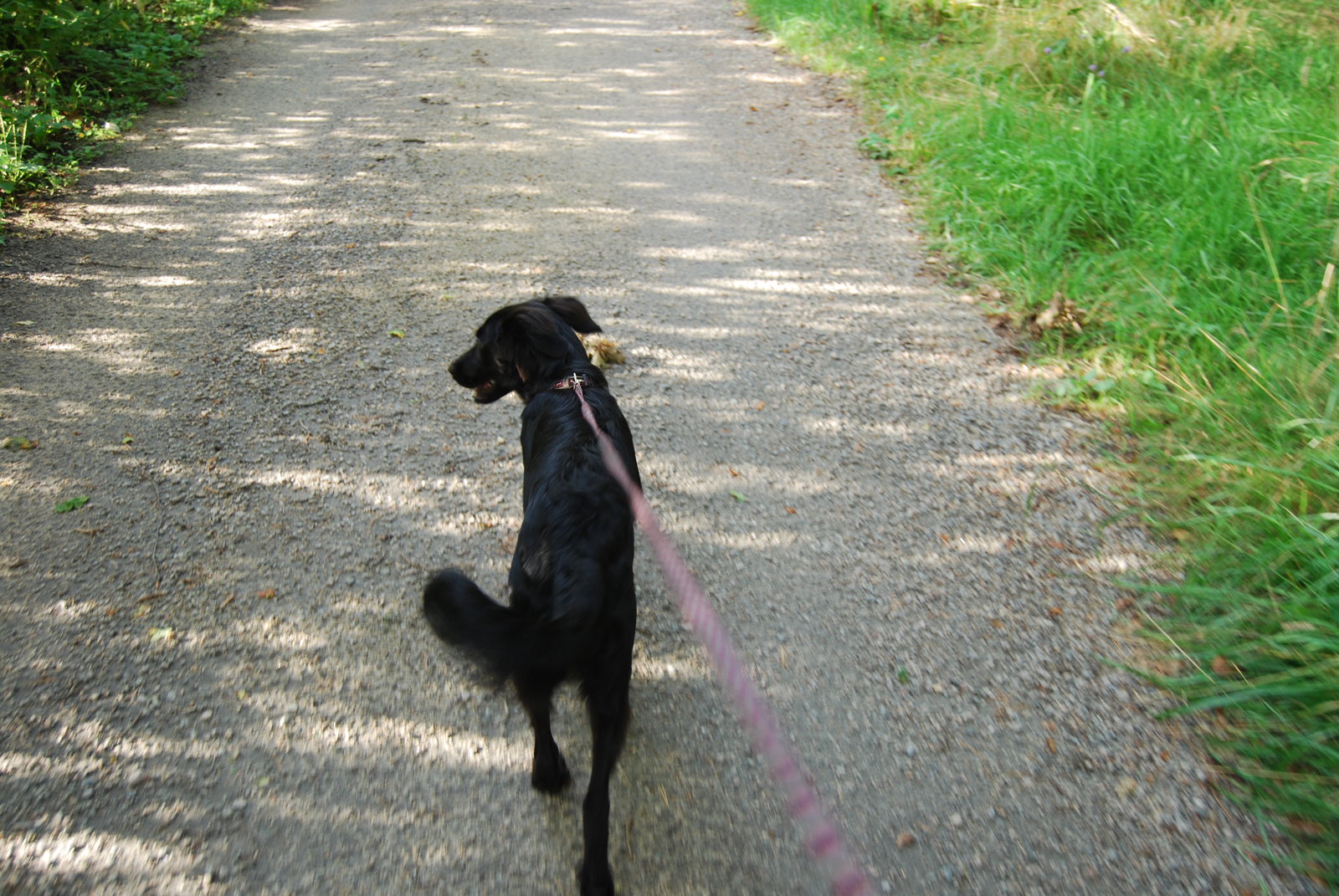There are essentially three ways that you can help prevent your dog from getting diabetes. This disease is one that you want your dog to avoid so that he lives as long and healthy as possible. And although it’s rare, there are many dogs whose diabetes go into remission just by having their diet, supplementation, and exercise all in good order.
1. Lower the carbohydrates.
Most dog foods sold in pet stores contain ingredients that are as high as 98% carbohydrates. By reducing the amount of carbs in your dog’s daily meals, this moderate carbohydrate level can go a long way towards diabetes prevention.
Diet is especially important for dogs that are genetically at risk for diabetes. It is critical that you study up on your dog breed and make sure that he is getting the right nutrients so that the gene which can store diabetes will not be triggered off.
Golden retrievers are among the most popular pets that dog owners have in the United States. Unfortunately, many of these retrievers get diabetes because their owners did not do enough research for their breed type in order to get their diet correct from puppy hood.
2. Seek out the nearest holistic veterinarian in your area.
Ask the vet about natural supplementation for the immune system. Many dog owners miss this very important diabetes prevention step. Supplementing with organic products such as antioxidants and herbs for the immune system can make a huge impact on preventing diabetes, especially for the dog breed types which are genetically at risk for this disease.
Along the same lines as natural prevention, it is important to avoid your dog from being over-vaccinated. This can cause toxins to build up in the animal’s system which can trigger diabetes.
Flea medications and tick insecticides can also trigger diabetes from the toxic state produced in the body. By keeping your dog clean of these chemicals and toxins you are helping his immune system stay healthy.
3. Exercise!
It is sad to see so many dogs out there who develop diabetes that should never have in the first place had they been active and not become overweight. This of course is the direct responsibility of you, the dog owner. If your dog is inactive and gains weight, he can develop diabetes even if he is not a breed that is genetically at risk.

It doesn’t take much. 20 minutes of brisk walking two to three times per day is all your dog needs for optimum health and to keep him in good shape. If you can go jogging with your dog then that is even better. Having your dog swim is also a great option for exercise.
